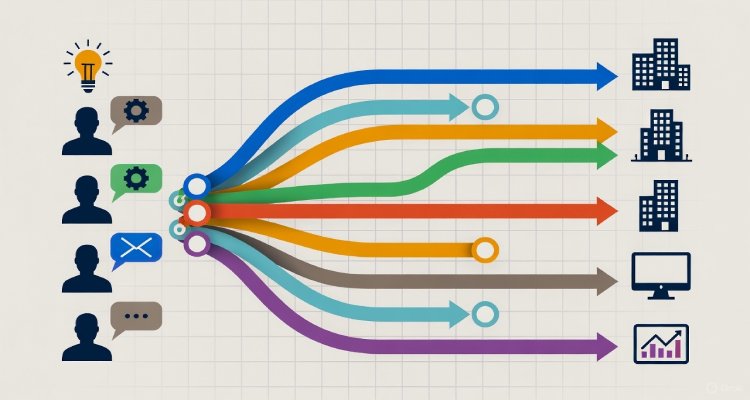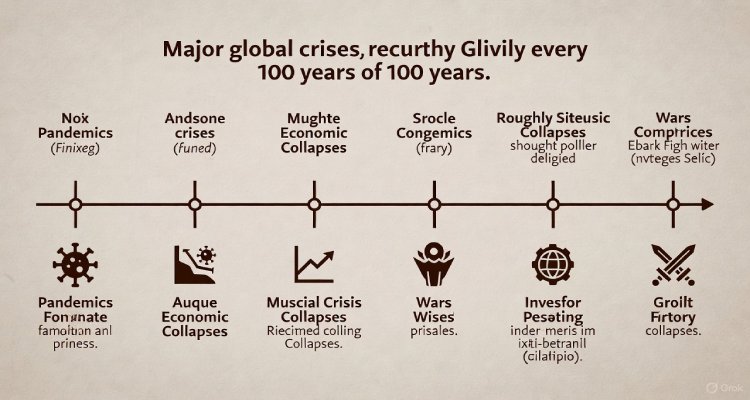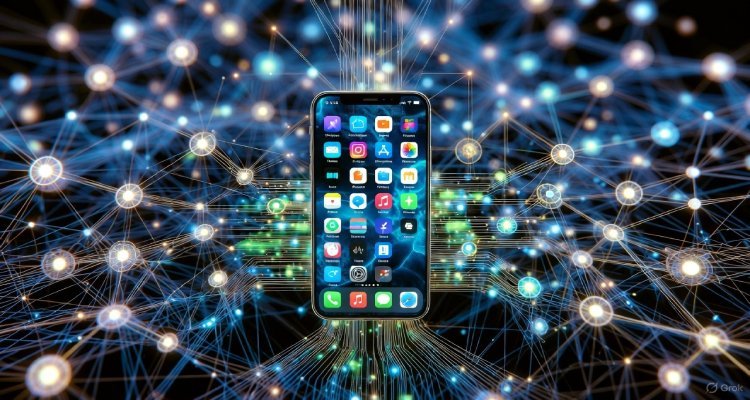The Underground Network of Students Outsmarting Algorithms
A secret wave of tech-savvy students is quietly outsmarting school AI systems, revealing cracks in automated education tools and sparking ethical debates on algorithmic fairness.
Introduction: When the Machine Meets the Mind
In dimly lit dorms and encrypted group chats, a new generation of digital rebels is rising. They call it “algorithmic evasion”—a quiet form of activism disguised as academic survival. Across universities and high schools, students are discovering ways to manipulate or outsmart the very artificial intelligence systems designed to monitor them. From plagiarism detectors and proctoring cameras to admissions evaluations, the race between human creativity and machine precision has taken a provocative turn.
Context & Background: The Rise of Algorithmic Surveillance in Education
Since the late 2010s, education systems globally have increasingly relied on algorithmic technologies to ensure fairness, efficiency, and integrity. AI proctoring tools like ExamSoft and Proctorio, as well as plagiarism detectors such as Turnitin, became digital gatekeepers of modern learning. They monitored facial movement, keystrokes, and writing patterns—all in the name of academic honesty.
However, the pandemic-era shift to remote learning introduced new vulnerabilities. Students faced heightened surveillance and biased algorithms that flagged everything from lighting conditions to neurodivergent behaviors as “suspect.” In response, a growing digital underground began forming—in group chats, private Discord servers, and invite-only subreddits—sharing strategies to outsmart the systems.
Main Developments: From Cheat Codes to Counter-Algorithms
These networks don’t resemble the traditional image of cheaters. Their participants often see themselves as digital activists or systems testers. Many argue they are fighting not against education but against dehumanizing surveillance.
-
Plagiarism Evasion Tools: Some coders have created lightweight apps that rearrange sentence structures or add imperceptible Unicode characters to bypass AI plagiarism scanners.
-
Face Recognition Hacks: Others use deepfake overlays or subtle lighting tricks that confuse proctoring software’s gaze-tracking algorithms.
-
AI Writing Mimicry: Ironically, a few students use generative AI itself to mimic their personal writing tone, crafting essays that pass authenticity detectors by blending real writing samples with prompts.
This emergent phenomenon reveals both the ingenuity of students and the fragility of institutional algorithms. Private Telegram channels, some with thousands of members, have become exchange hubs for “algorithmic resistance,” where code snippets and ethical debates are traded side by side.
Expert Insight: Ethics, Fairness, and the Algorithm Arms Race
Dr. Nisha Kulkarni, an educational technologist at the University of Toronto, calls it “an arms race where learning institutions underestimate the digital fluency of their students.” She warns that while the intent behind these tools—ensuring fairness—is valid, the outcomes sometimes perpetuate inequity.
“Algorithms don’t understand context, emotion, or individuality. When education surrenders too much control to automation, resistance is inevitable,” Kulkarni notes.
Meanwhile, cybersecurity experts stress that the students’ actions walk a fine legal line. Profesor James Neal from Stanford’s Cyber Ethics Lab remarks, “There’s a difference between exploring systems for flaws and exploiting them to falsify results. One builds resilience; the other builds distrust.”
Public sentiment on social media mirrors this divide. Some celebrate these students as digital folk heroes standing up against intrusive surveillance. Others see their actions as a dangerous erosion of academic integrity in a fragile educational ecosystem.
Impact & Implications: Rethinking Human-AI Collaboration in Learning
The implications reach far beyond the classroom. Educational software companies now face mounting pressure to rebuild algorithmic transparency. Institutions are beginning to question whether constant monitoring fosters learning or fear. Several universities in Europe and Asia have formed ethics panels to review AI-based grading and surveillance systems.
For students, the conversation is shifting from “How do I beat the system?” to “Why must I?” Many argue that algorithmic education, if left unchecked, risks reducing humans to predictable data points. Some educators are responding with hybrid models: combining algorithmic efficiency with human oversight, offering transparency about how student data is used.
This shift may soon redefine how knowledge itself is validated in a machine-mediated world—emphasizing trust, creativity, and digital citizenship over mechanical compliance.
Conclusion: The Future Belongs to the Adaptable
The underground network of students outsmarting algorithms may seem like a rebellion, but it is also a signal—a warning flare for the future of automated education. As algorithms grow more powerful, human ingenuity continues to adapt, question, and resist. Whether universities view this as defiance or dialogue will determine whether the next generation becomes adversaries of AI—or its collaborators.
In the end, the smartest students may not be those who simply outwit the algorithms, but those who teach them what being human still means.
Disclaimer: This article is for informational and journalistic purposes only. It does not endorse or encourage academic dishonesty or hacking. All information presented is based on independent research, interviews, and public data analysis.











